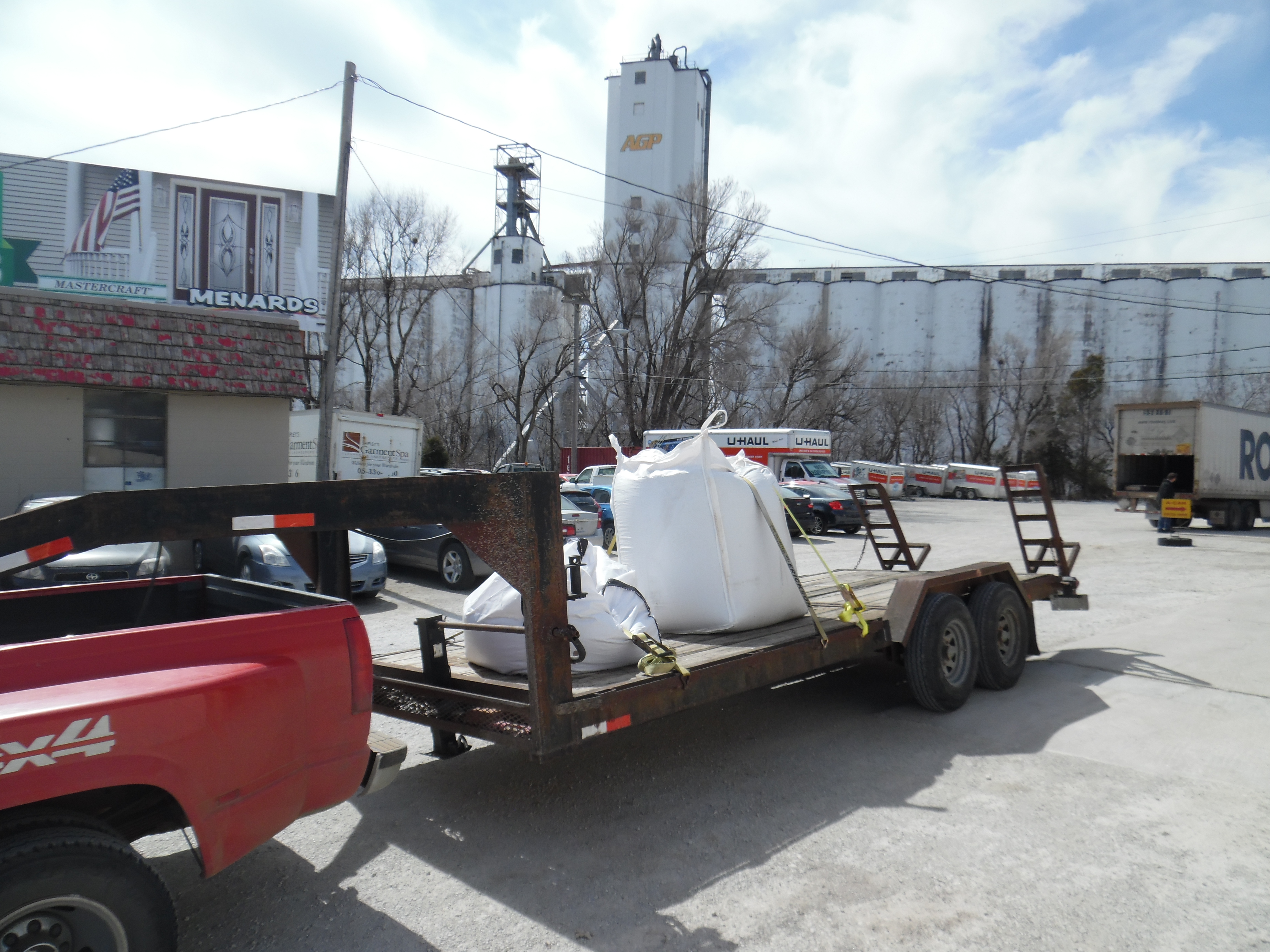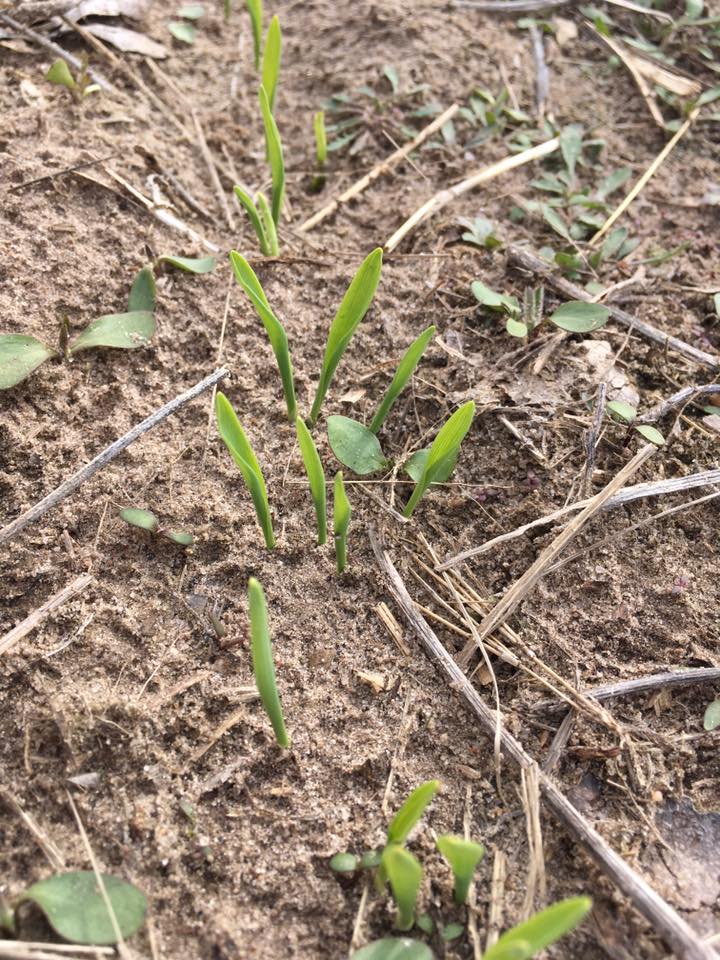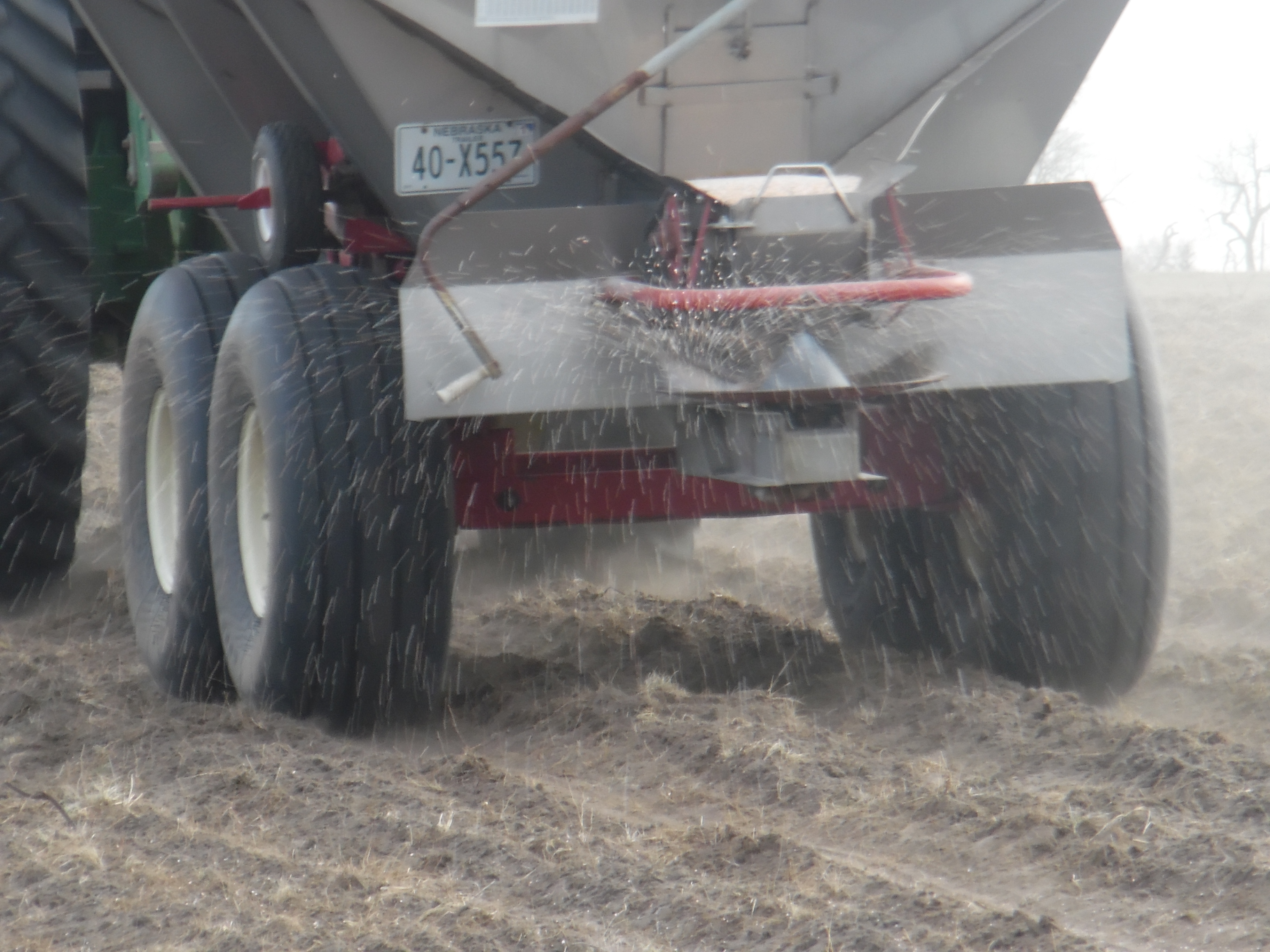All I can say is FINALLY! I think all people anticipate the arrival of babies, human or animal. No different can be said of us here at SouthernWind Farm. I have been waiting for these little ones since about late January when I (foolishly) set up one lambing jug. Now if you have never seen a lambing jug, it is a basic pen which needs to be no bigger than about 30 square feet (depending on the size of your ewe), have a place for water, food, and mineral, and possibly, depending on the time of year, an area where a heat lamp can be placed for added warmth. Also it should be clean and well bedded to give the mothers and the lambs some cushion while resting.
Like I said I did this all at the end of January; so February through April 17, 2017 felt like FOR-EVER! (That’s a little Sandlot movie humor for ya). Now Icelandic sheep tend to lamb about 5 days sooner than other sheep breeds (140 ish days). If you have read my other blog about sheep I allowed everyone to stay together all year, so I had no idea when our ram (Stoic) decided to “get the job done” so to speak.

Most smart shepherds keep them separated till sometime in the fall and then put a harness on the ram so they can identify when he bred the ewes, which coincidentally gives them a pretty accurate idea of when lambing will occur. Thus, they are able to make arrangements for the lambing jug, when they will need to have lambing supply kit ready, and so they can sleep at night. (haha what’s sleep?)
Now I’m not really familiar with other breeds but I would assume the ewes will be bred according to when she ovulates. My girls apparently decided to ovulate on or really close to each other because both ewes (Helga and Fiona) gave birth on the exact same day! Way to go Stoic!
I went down early on April 18 to check on everyone, for the last 3 weeks I’ve been checking on them right before bed and early morning to make sure nothing bad has happened. I mean a lot can happen in my short (5-6 hours of sleep) night. Anyway, I went down and Fiona was nowhere in the yard and Helga was stomping her foot and turning circles. So like any self sufficient farmer, I ran to the house and woke up my sleeping husband to come with me. (I know knee jerk reaction)
This is not normal behavior for Helga. I figured maybe Fiona had gotten hurt so I climbed the fence (no small feat for me) and walked into the barn slowly because Helga was determined we were robbers coming to kill them all.
And this is what I found….

Haha..I love the suspense..I feel like I’m on a game show.

(Sorry for the bad photo) A perfect solid moorit (brown) ewe lamb! Oh I was so excited not only because she was a ewe lamb, which means she stays right here on the farm, but also because I love her coloring. Ok, whew! I figured Helga not Fiona would lamb first but I left the barn thinking, “Well that’s done my first lambing and I didn’t have to raise a finger other than to snap a photo! I can go on with my day.”
So we got some fresh feed and water for Fiona and were just about to climb in the car, when I turned to look at Helga and she had clear mucus coming out of her backside! Wait, what! Helga decided to have her baby today as well, but I didn’t get more than one jug ready. Since, of course me being the perfect planner, I would only need one at a time.
Jump ahead from 7:00 am to 12:15 pm (lots of pacing), Helga gave birth to a black and white lamb who looked just like her.

Ok, I got this! We helped dry off the baby, checked her over for issues, and we were about to start the leaving the barn. When…wait…hold the phone – her contractions aren’t stopping. Helga was like a house by the end of her pregnancy, but it was because she was having TWINS. About 30 min after the first, lamb number 2 entered the world.

We gave Helga time to clean everyone, bond, and nurse before we came back out to the barn that evening. Tuesday night we weighed everyone, administered some vitamins to both lambs and ewes, and made sure everyone had a meal. It was a crazy fast paced day, but so exciting and worth it. All lambs were female this year and so everyone gets to stay together on our little farm!
SouthernWind Farm is pleased to announce the arrival of (respectively) Daffodil 8.5 lbs and Tulip 10 lbs.

And Plum 6.5 lbs. I think next year we should do baby announcements and maternity photo shoots! Just kidding…
p.s. Check out our YouTube Channel as we have live footage of Helga lambing!

 This was at about a week after it had a emerged. Don’t mind the lovely weeds all around it s in the middle the stalk like stems. We fertilized the barley right after we planted and we received a nice rain just after so our timing couldn’t have been more perfect!
This was at about a week after it had a emerged. Don’t mind the lovely weeds all around it s in the middle the stalk like stems. We fertilized the barley right after we planted and we received a nice rain just after so our timing couldn’t have been more perfect! This image is the barley at 3 weeks after if emerged! Lush and green and the rows look pretty clean! We are super excited and hopeful for a great crop. Eventually, we will have to do a fungicide application and probably some type of weed control to ensure the barley has a fighting chance.
This image is the barley at 3 weeks after if emerged! Lush and green and the rows look pretty clean! We are super excited and hopeful for a great crop. Eventually, we will have to do a fungicide application and probably some type of weed control to ensure the barley has a fighting chance.
 Now we know that it’s not new, but for the price and condition we felt like we got a good deal. We will be using this baler a lot this year; barley straw bales, wheat straw bales, prairie hay bales, alfalfa bales, and our timothy/orchard/white clover bales. She will be getting a workout. We have yet to do a final check over all of her parts but as we don’t start the hay seasons for a couple of months we have some time. WHEW!
Now we know that it’s not new, but for the price and condition we felt like we got a good deal. We will be using this baler a lot this year; barley straw bales, wheat straw bales, prairie hay bales, alfalfa bales, and our timothy/orchard/white clover bales. She will be getting a workout. We have yet to do a final check over all of her parts but as we don’t start the hay seasons for a couple of months we have some time. WHEW!




















Recent Comments